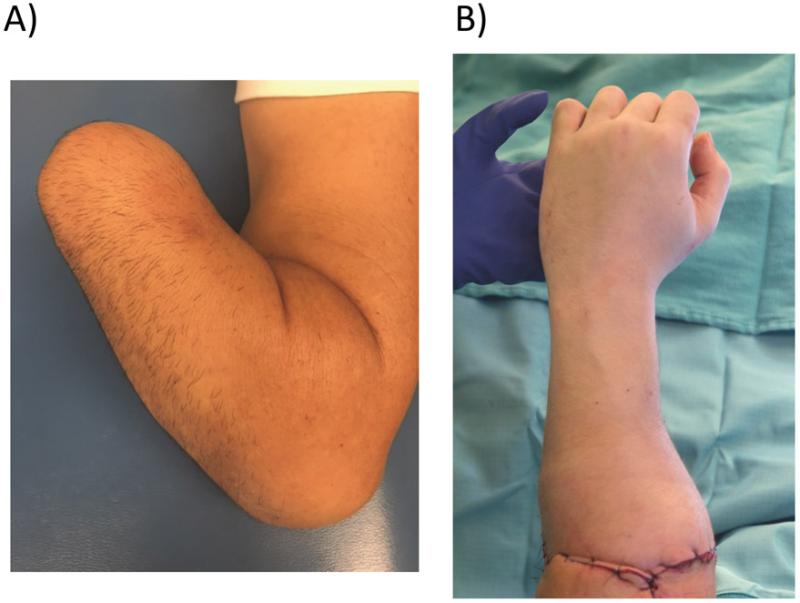
Transplantation of a donor hand has been successful as a surgical treatment following amputation, but little is known regarding the brain mechanisms contributing to the recovery of motor function. We report functional magnetic resonance imaging (fMRI) findings for neural activation related to actual and imagined movement, for a 54-year-old male patient, who had received a donor hand transplant 50 years following amputation. Two assessments, conducted 3 months and 6 months post-operatively, demonstrate engagement of motor-control related brain regions for the transplanted hand, during both actual and imagined movement of the fingers. The intact hand exhibited a more intense and focused pattern of activation for actual movement relative to imagined movement, whereas activation for the transplanted hand was more widely distributed and did not clearly differentiate actual and imagined movement. However, the spatial overlap of actual-movement and imagined-movement voxels, for the transplanted hand, did increase over time to a level comparable to that of the intact hand. At these relatively early post-operative assessments, brain regions outside of the canonical motor-control networks appear to be supporting movement of the transplanted hand.
Citation: Madden, D. J., Melton, M. S., Jain, S., Cook, A. D., Browndyke, J. N., Harshbarger, T. B., & Cendales, L. C. (2019). Neural activation for actual and imagined movement following unilateral hand transplantation: a case study. Neurocase, 25(6), 225–234. https://doi.org/10.1080/13554794.2019.1667398
